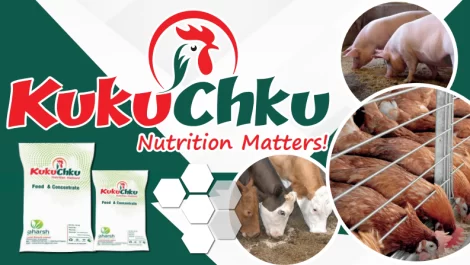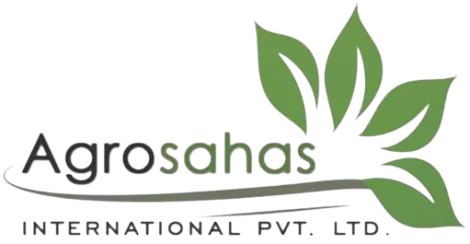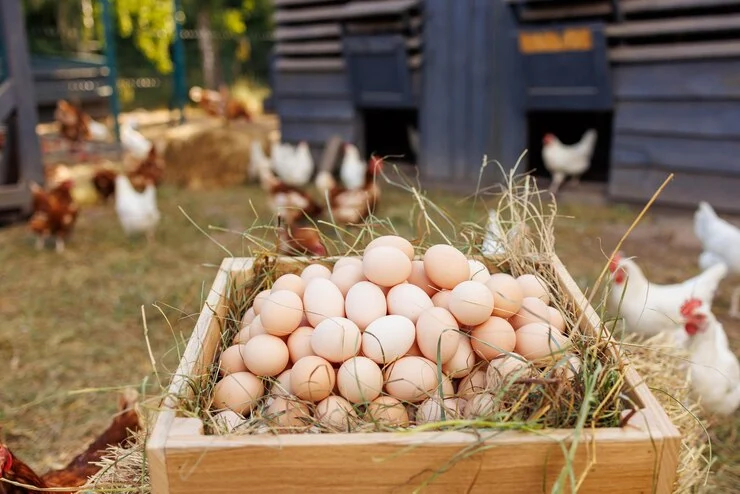Poultry farming is a vital component of the agricultural sector, and for many farmers, it represents a significant source of income. However, the success of a poultry farm hinges largely on the quality of feed provided to the layers. At Kukuchku Animal Feeds and Concentrates, we take pride in offering top-notch layer feeds that are designed to help farmers achieve higher yields. In this blog, we will share inspiring success stories from farmers who have improved their productivity using Kukuchku Layer Feeds. We will also address common questions about feed efficiency, profitability in poultry farming, and the best strategies for success.
How Many Bags of Feed for 200 Layers?
Understanding the quantity of feed required for a specific number of layers is crucial for efficient farm management. The feed consumption of layers varies based on their age, production phase, and the specific feed formulation used. However, a general guideline is as follows:
- Starter Phase (0-8 weeks): During this period, each chick consumes approximately 2-2.5 kg of feed. For 200 layers, this amounts to about 400-500 kg of starter feed.
- Grower Phase (9-20 weeks): In this phase, each bird consumes about 7-8 kg of feed, translating to 1,400-1,600 kg for 200 layers.
- Layer Phase (21 weeks onward): Once the hens start laying, they consume about 100-120 grams of feed per day. For 200 layers, this equates to 20-24 kg per day or approximately 600-720 kg per month.
Thus, over a typical laying cycle, a farmer with 200 layers might need around 2,400 kg (or 48 bags of 50 kg each) of layer feed monthly. Using Kukuchku Layer Feeds, which are formulated for optimal efficiency, farmers can ensure that their layers are well-nourished, leading to consistent egg production.

How Can We Improve the Feed Efficiency of Poultry?
Feed efficiency is a critical factor in poultry farming, as it directly impacts the cost of production and the profitability of the farm. Here are some strategies to improve feed efficiency:
- Choose High-Quality Feed: The first and most crucial step is selecting a high-quality feed like Kukuchku Layer Feeds. Our feeds are designed to provide the right balance of nutrients, reducing wastage and ensuring that each bird gets the most out of the feed consumed.
- Proper Feed Management: Store feed in a cool, dry place to prevent spoilage. Use feeders that minimize spillage and ensure that birds have continuous access to fresh, clean water, as hydration is essential for optimal feed conversion.
- Monitor Feed Intake: Regularly monitor the feed intake and adjust according to the age and production stage of the birds. Overfeeding can lead to wastage, while underfeeding can reduce productivity.
- Health Management: Healthy birds have better feed efficiency. Implement a robust vaccination and disease prevention program to keep your flock in top condition.
Success Stories with Kukuchku Layer Feeds
Many farmers across Uganda have turned to Kukuchku Layer Feeds to maximize their egg production and improve profitability. Here are a few success stories:
- Case Study 1: Kamuli District Poultry Farmer: A farmer in Kamuli District was struggling with inconsistent egg production and poor feed conversion. After switching to Kukuchku Layer Feeds, she noticed a significant improvement in both the quantity and quality of the eggs. Her hens were healthier, and the eggs had stronger shells and deeper-colored yolks. As a result, her farm’s profitability increased by 30% within six months.
- Case Study 2: Commercial Farm in Mbarara: A large-scale poultry farm in Mbarara adopted Kukuchku Layer Feeds for its 5,000 layers. The farm reported a reduction in feed wastage and a consistent increase in egg production. With better feed efficiency, the farm was able to reduce its overall feed costs while maintaining high production levels.
- Case Study 3: Smallholder Farmer in Lira: A smallholder farmer in Lira with 300 layers faced challenges with feed quality and egg production. After consulting with Kukuchku’s nutrition experts, he switched to our Layer Feeds. Within three months, he saw a 25% increase in egg production, allowing him to expand his market and increase his income.
Which Poultry Farming Is Most Profitable?
Poultry farming offers various opportunities, each with its profitability potential. However, layer farming often stands out as one of the most profitable ventures, especially when using high-quality feeds like Kukuchku Layer Feeds. Here’s why:
- Steady Income: Layer farming provides a consistent income stream through daily egg sales.
- Lower Initial Investment: Compared to broiler farming, layer farming requires a relatively lower initial investment in terms of infrastructure and equipment.
- Market Demand: There is a constant demand for eggs, making it easier for farmers to sell their products regularly.
- Feed Efficiency: With the right feed, layers can produce a high number of eggs over their laying period, maximizing the return on investment.

How to Profit from Poultry
To profit from poultry farming, follow these key strategies:
- Invest in Quality Feed: As demonstrated by the success stories above, investing in high-quality feed like Kukuchku Layer Feeds is essential for maximizing productivity and profitability.
- Optimize Farm Management: Efficient farm management practices, such as proper feeding, regular health checks, and maintaining a clean environment, are crucial for maximizing productivity.
- Scale Gradually: Start small and scale up gradually as you gain experience and understand the market demand.
- Market Strategically: Build relationships with local buyers, supermarkets, and restaurants to ensure a steady market for your eggs or poultry products.
- Monitor Costs: Keep track of your production costs and adjust your operations as needed to maintain profitability. Look for ways to reduce feed wastage, optimize labor, and manage other operational expenses.
Conclusion
Kukuchku Layer Feeds have proven to be a game-changer for many poultry farmers in Uganda. By improving feed efficiency, enhancing egg quality, and supporting consistent production, our feeds help farmers achieve higher yields and greater profitability. Whether you’re a smallholder or a large-scale poultry farmer, Kukuchku Layer Feeds can help you reach your farming goals.




